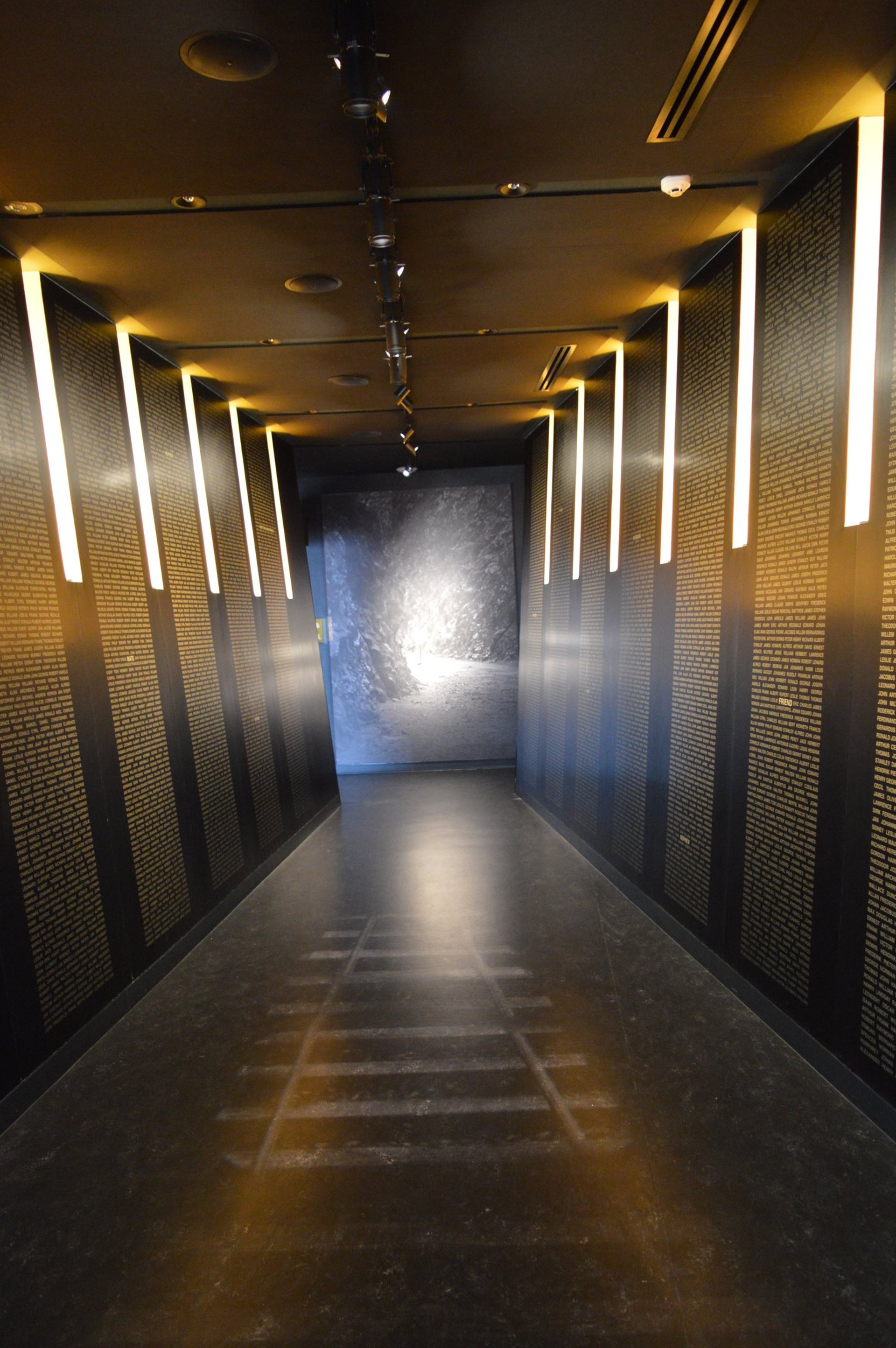
You didn’t come this far to stop
Returning to Hellfire Pass
Honoring the Legacy
Episode 73: Returning to Hellfire Pass – Honoring the Legacy
n this episode, the St. Andrews team returns to Hellfire Pass, a site that holds deep significance, especially as we introduce our new team member, John, to this historic location. Our journey today not only revisits the site where Weary Dunlop’s ashes were laid to rest but also explores the Australian War Memorial (AWM) and the Hellfire Pass Museum, two key places that honor the sacrifices made by prisoners of war (POWs) during World War II.
IN THEIR FOOTSTEPS BLOGDUNLOP RESEARCH TRIP 3WW2 HISTORYWEARY DUNLOP TRAIL
Toursofwar.com
7/3/20245 min read
Hellfire Pass Museum and the Australian War Memorial (AWM)
The cutting itself, a narrow and steep section of the railway, was carved out of solid rock by hand—using minimal tools—by the POWs and local forced laborers. The AWM plays a crucial role in preserving this site, maintaining it as a place of remembrance and reflection. The cutting is a stark and powerful visual representation of the extreme suffering and relentless labor imposed upon those who built the railway. Walking through this area, visitors can feel the weight of history and the human cost of war.
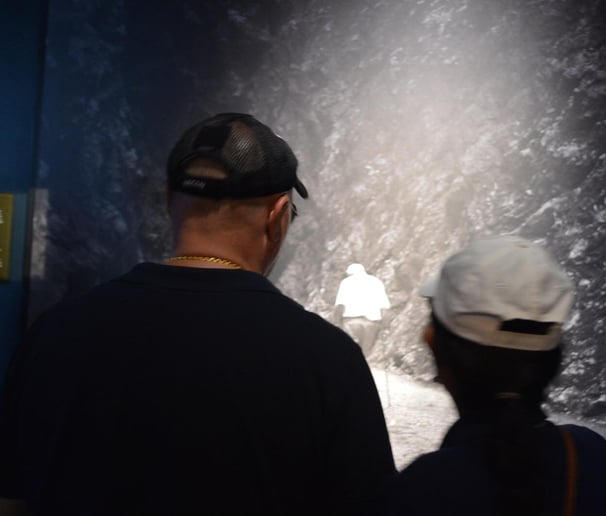

Hellfire Pass Museum:
Hellfire Pass Cutting:
The Hellfire Pass Museum, located at the site of the infamous Hellfire Pass cutting, serves as a deeply moving tribute to the Australian and Allied POWs who were forced to construct the railway under extreme conditions. Established and maintained by the Australian War Memorial (AWM), the museum offers visitors a comprehensive understanding of the brutal realities faced by the POWs. It provides free entry (with donations encouraged) and includes audio guides, video displays, and detailed exhibits that illuminate the history of the railway, the incredible hardship endured, and the resilience of those involved.
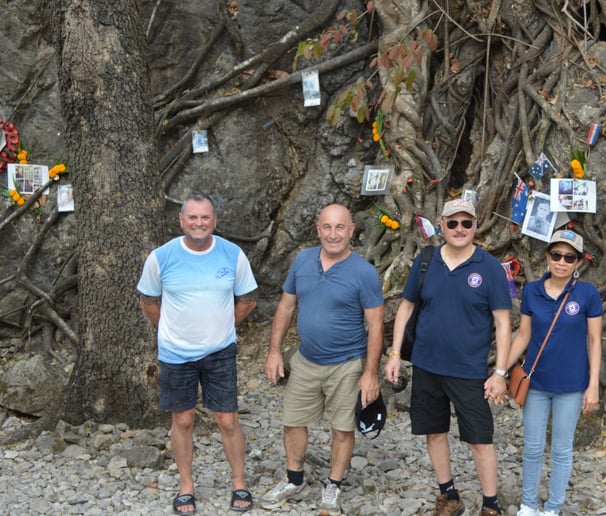

Australian War Memorial (AWM):


Beyond the museum, the AWM is integral in maintaining the Hellfire Pass site, ensuring it remains a place where history is preserved and the sacrifices of the POWs are honored. The AWM oversees the upkeep of the trails, memorial plaques, and educational resources, making sure that the stories of those who suffered and died are not forgotten.
Key Commemorative Events at Hellfire Pass
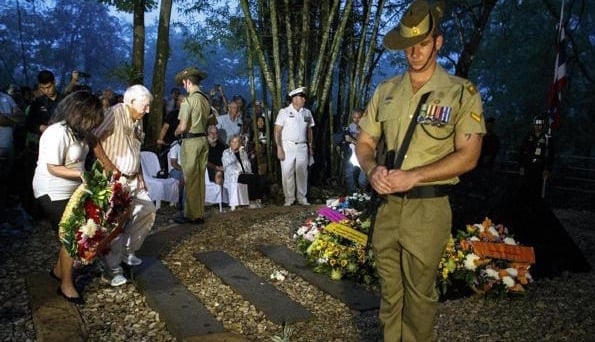

One highlight was the cold beers, which were definitely a hit after the long walk across the viaduct. They provided a refreshing end to our meal and helped us cool down.
Held at 11:00 AM, this service commemorates the armistice that ended World War I and honors all who have served in conflicts since. It provides a significant opportunity for visitors to pay their respects to those who suffered and died in the construction of the railway, reaffirming the importance of preserving this historical legacy.


ANZAC Day (April 25)
Remembrance Day (November 11)
One of the most significant annual events at Hellfire Pass is the ANZAC Day dawn service, which begins at 5:30 AM. This ceremony honors the Australian and New Zealand soldiers who served in various conflicts, especially those who endured the harsh conditions while constructing the railway. The service draws visitors from across the globe, offering a solemn moment of reflection and remembrance.
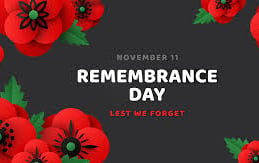

These ceremonies offer a profound connection to the past, allowing participants to honor the memories of the POWs and reflect on the resilience of the human spirit in the face of unimaginable adversity
Additional Ceremonies and Activities
Memorial Services: In addition to ANZAC Day and Remembrance Day, other memorial services may be organized, especially around significant anniversaries related to the railway's history and the experiences of POWs.
Walking Trails and Guided Tours: The Hellfire Pass Interpretive Centre offers walking trails and guided tours that provide educational insights into the history of the railway and the experiences of the POWs. These tours often include audio guides featuring recorded memories of surviving POWs, enhancing the visitor experience.
Special Events: Occasionally, special events such as educational workshops or cultural performances may be organized to celebrate the legacy of those who suffered during the railway's construction.
Honoring Weary Dunlop
This episode also emphasizes the legacy of Weary Dunlop, a key figure among the POWs, renowned for his compassionate medical care and leadership during the railway’s construction. Dunlop’s ashes were laid to rest at Hellfire Pass, marking his enduring connection to this site. His contributions are commemorated not only at the museum but also through memorials along the trail, symbolizing his vital role in alleviating the suffering of his fellow prisoners.
Historical Context of Hellfire Pass
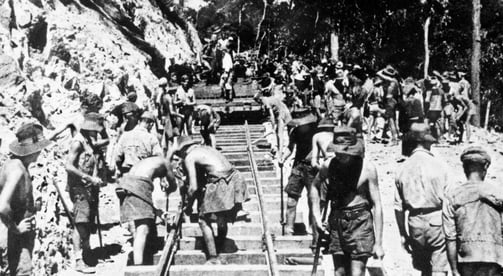

Construction of Hellfire Pass:
Hellfire Pass, also known as Konyu Cutting, was constructed by POWs and local forced laborers under the Japanese military during World War II. The name "Hellfire Pass" reflects the nightmarish conditions under which the prisoners worked—often illuminated only by torches, which cast eerie shadows, creating a hellish scene. The construction of this section of the railway was particularly brutal, with many prisoners succumbing to starvation, disease, and physical abuse. It is estimated that around 69 men were beaten to death by guards, while countless others died due to the harsh conditions.
Museum and Memorial:
The Hellfire Pass Museum and the cutting itself serve as a memorial to those who suffered and died during the construction of the railway. The site not only commemorates the past but also educates visitors about the historical significance of the Thai-Burma Railway and the resilience of those who were forced to build it.


Conclusion
Our team really enjoyed another visit to Hellfire Pass. It never gets old, and this time, we explored more in-depth the significance of Weary Dunlop and his ashes laid here to rest. The experience was a poignant reminder of the importance of preserving these historical sites and the stories of those who endured unimaginable hardships during World War II.
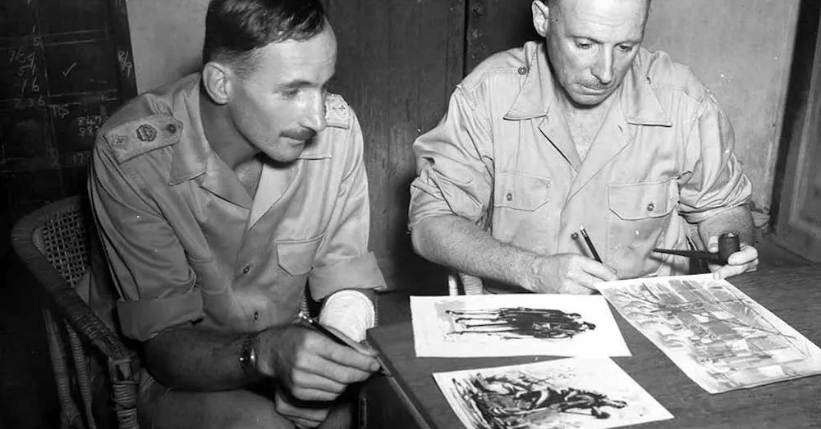

How You Can Help
Donations and Sponsorships: We are seeking corporate sponsorships and donations to fund ongoing restoration projects and educational programs. Your support can make a significant difference in maintaining the quality and impact of the museum.
Volunteer Opportunities: If you have expertise or time to offer, consider volunteering with us. There are many ways to get involved, from artifact restoration to educational outreach.
Spreading the Word: Share this blog and our mission with your network. The more people who know about the JEATH War Museum and its significance, the greater the impact we can achieve together.
The St Andrews Research Team is dedicated to preserving the legacy of the Thai-Burma Railway and the memories of those who suffered. We need your support to continue our work. There are several ways you can help:
Join the Cause!
If you or someone you know is interested in supporting this cause, please get in touch.
This is a chance to be part of something truly meaningful and impactful.


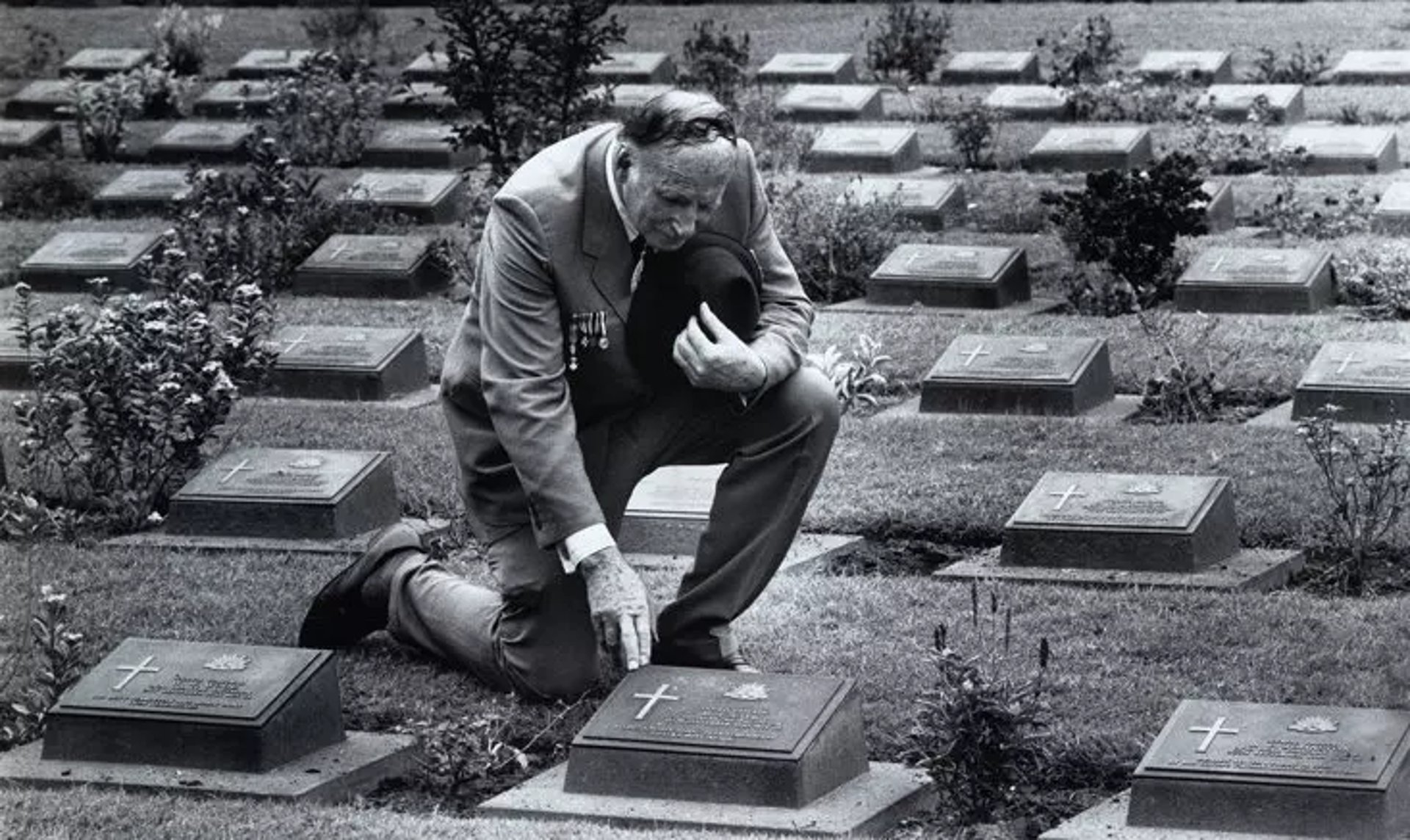
Together, We Can Make a Difference!
This is a veteran-run project, and we need your help to make it happen. Stand with us in honoring the legacy of the POWs and ensuring their stories are never forgotten.
